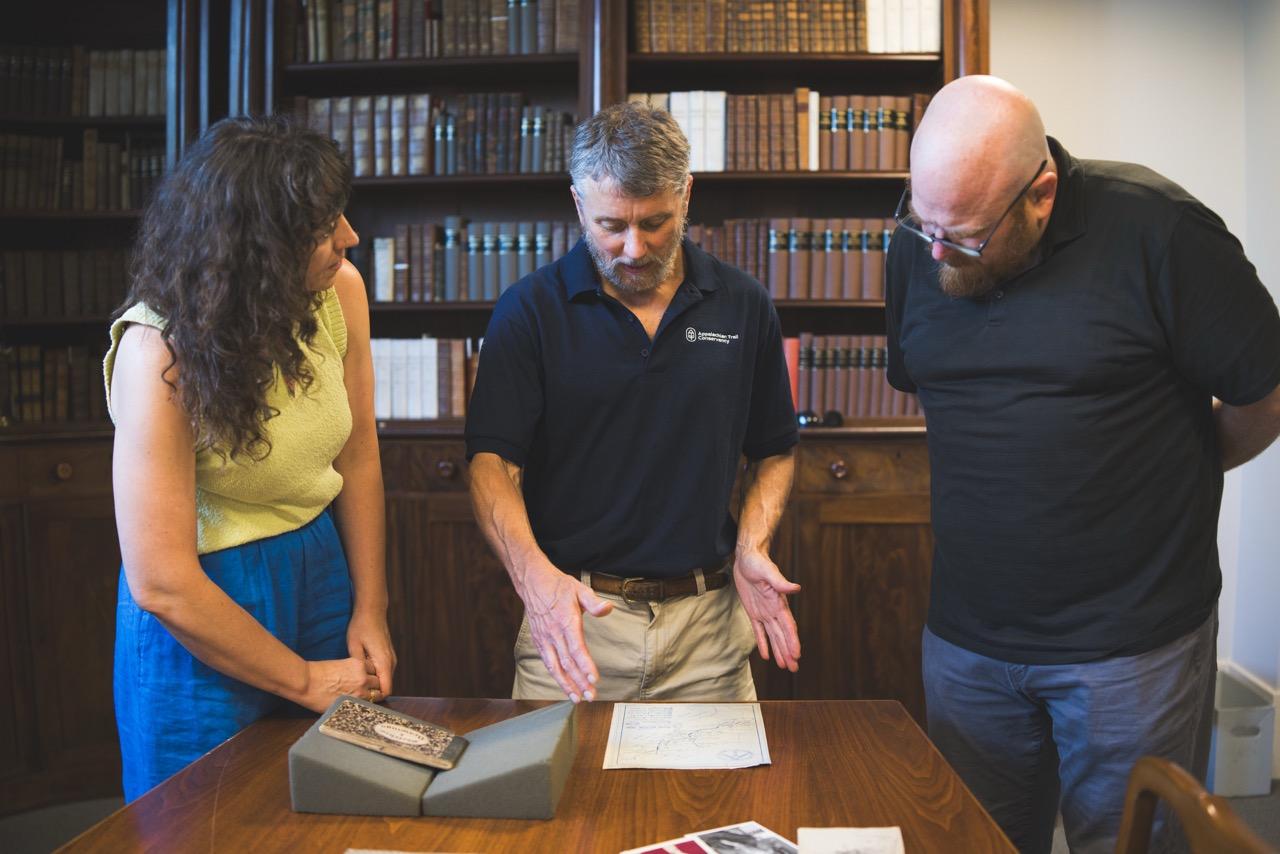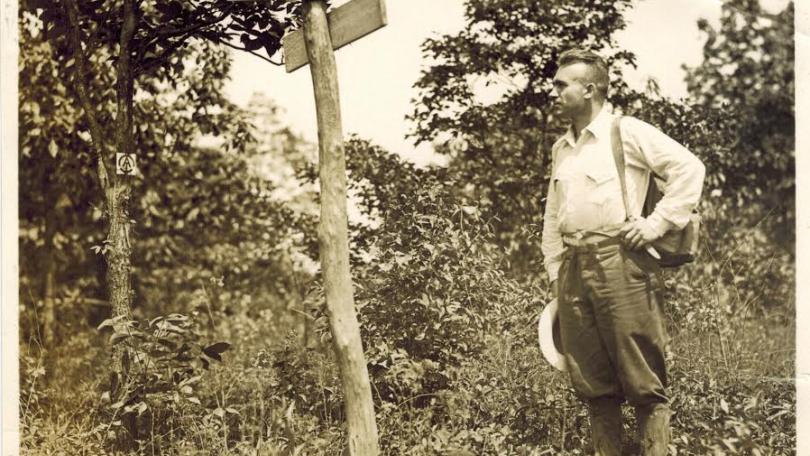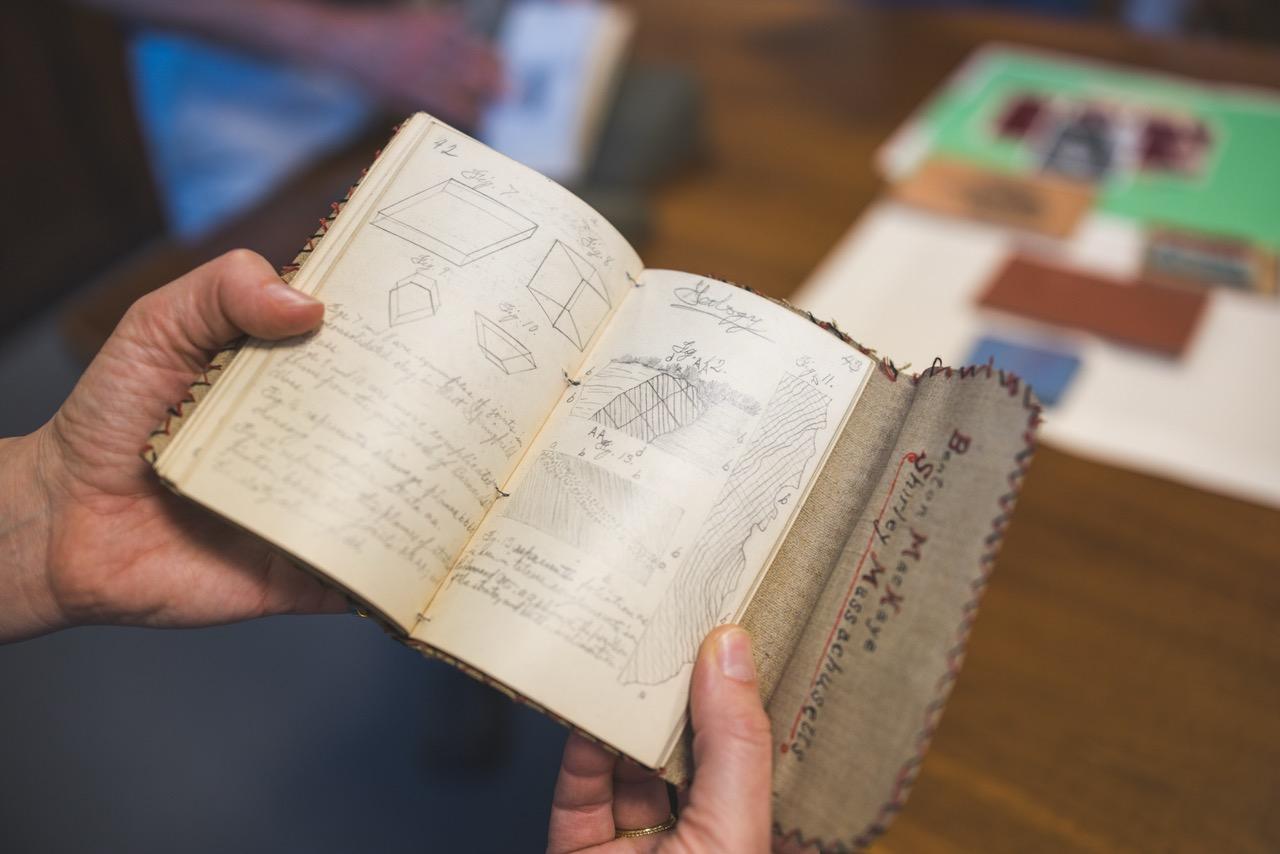
Fall Term Exhibit Commemorates this Historic Moment
This year is the Appalachian Trail Conservancy’s 100th anniversary overseeing the protection and management of the world’s longest hiking-only footpath. To commemorate this incredible milestone, we partnered with the ATC to curate an extra-special Fall Term exhibit that helps tell the trail’s grand story. “From Vision to Reality: The Appalachian Trail from Then to Now” is a retrospective that pieces together the founding vision, how the trail came to be, and how it connects to Dartmouth and local A.T. communities today. We’re incredibly excited to showcase artifacts from the archives at Dartmouth Libraries’ Rauner Special Collections Library to bring this history to life.


